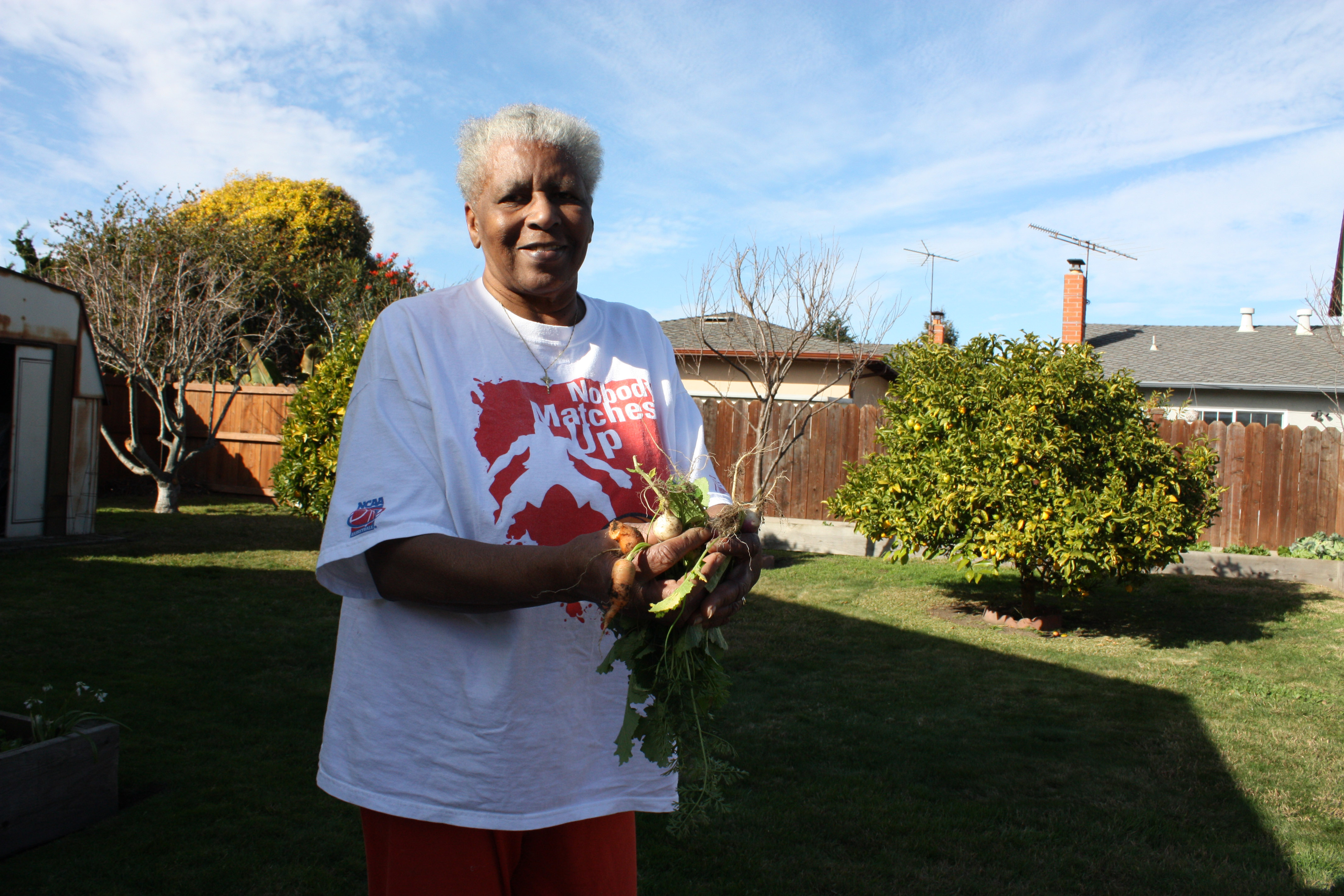
A new study from the Johns Hopkins Center for a Livable Future (CLF) finds that urban gardeners often don’t know that the soil they’re using for their gardens can contain contaminants such as asbestos.
“While the benefits are far-reaching, gardening in urban settings can also create opportunities for exposure to contaminants such as heavy metals, petroleum products, and asbestos, which may be present in urban soils,” said Keeve Nachman, Ph.D., senior author of the study and director of the Food Production and Public Health Program with CLF.
Nachman adds that while it’s best for urban gardeners to know what the land they’re gardening on was used for previously; many new urban gardeners may not know how to find out that information.
The researchers did their study by interviewing community gardeners and others involved in land use in the city of Baltimore, Maryland.
“People may come into contact with these contaminants if they work or play in contaminated soil, or eat food that was grown in it. In some cases, exposure to soil contaminants can increase disease risks, especially for young children,” said Brent Kim, MHS, lead author of the paper and a program officer with the Center for a Livable Future. “Given the health, social, environmental and economic benefits associated with participating in and supporting urban green spaces, it is critical to protect the viability of urban community gardens while also ensuring a safe gardening environment.”
Information on potential contaminants and questions to ask before starting an urban garden can be found on the Center’s Urban Soil Safety page.
The study was published in the journal PLOSOne and funded by the Johns Hopkins Urban Health Institute and the GRACE Communications Foundation and the research was conducted in partnership with the Community Greening Resource Network.





